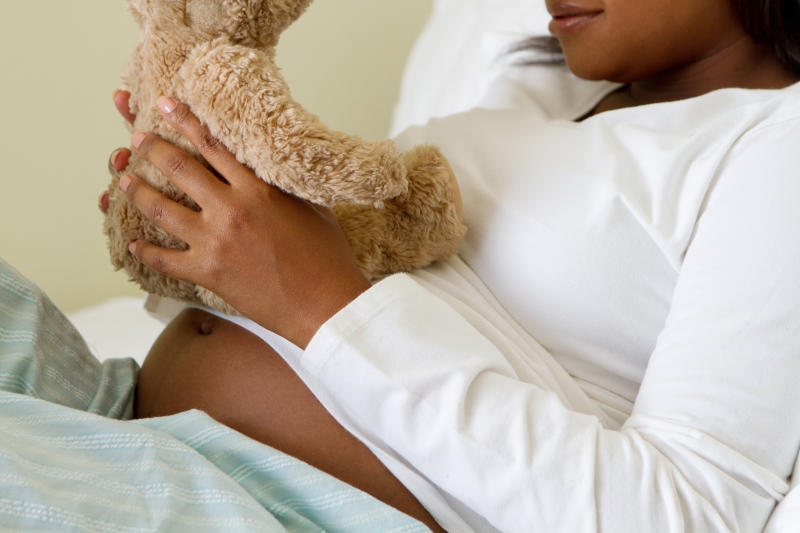×
The Standard e-Paper
Stay Informed, Even Offline

Young pregnant woman [Courtesy]
In November 2019, Kenya committed at the International Conference on Population Development 25 to ending teenage pregnancies by 2030. At the time, teenagers accounted for almost a third (28 per cent) of all registered pregnancies in the country.